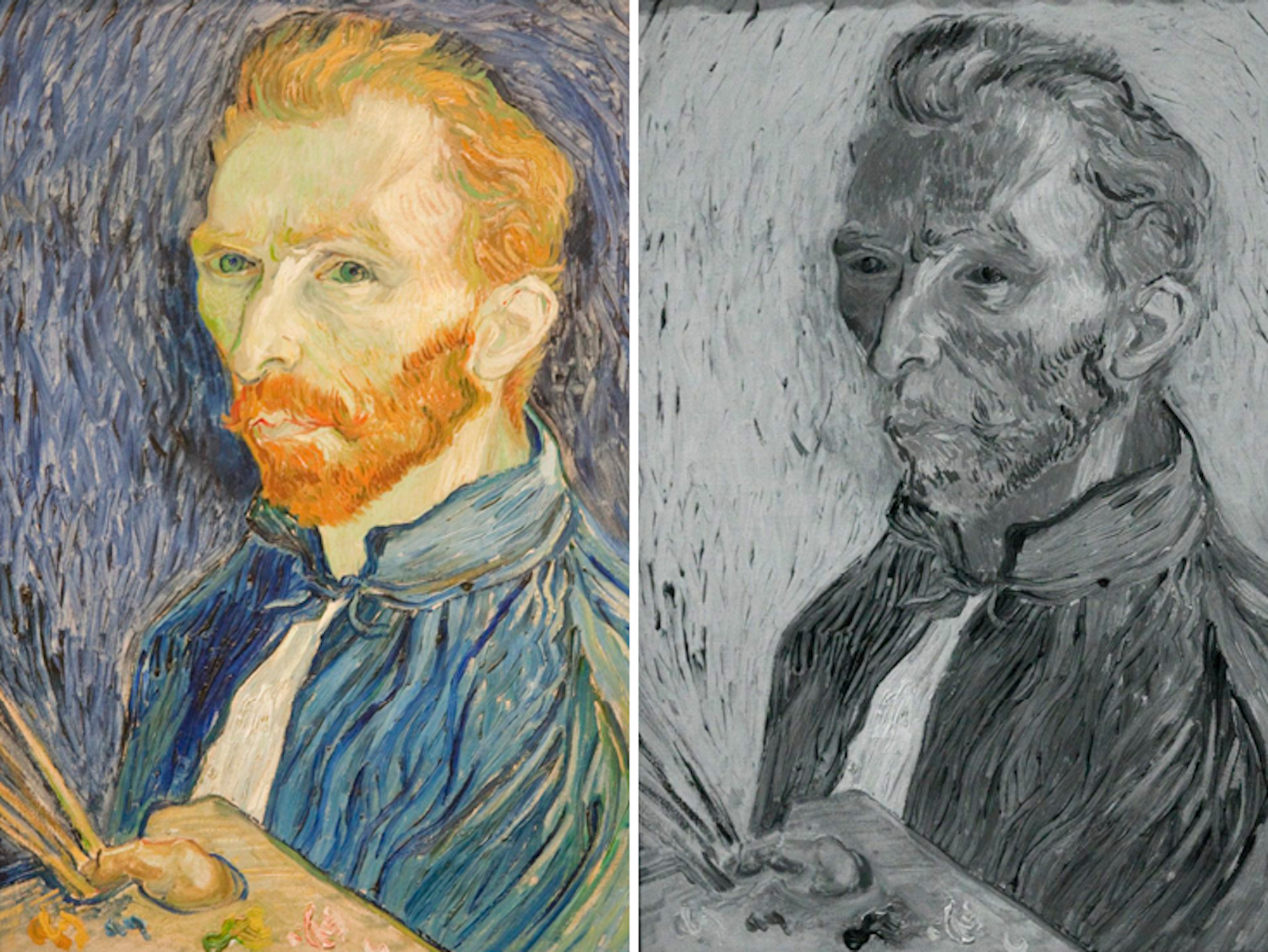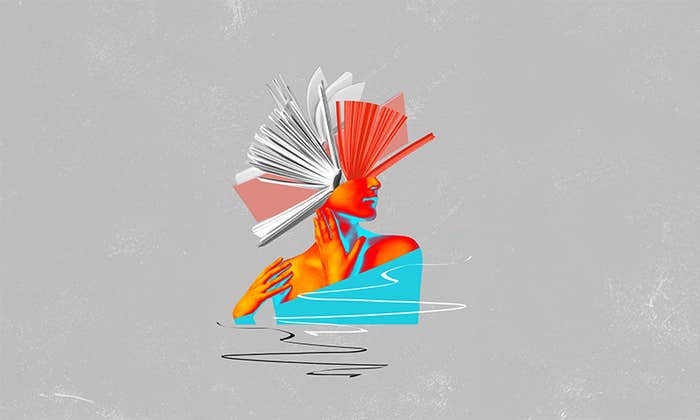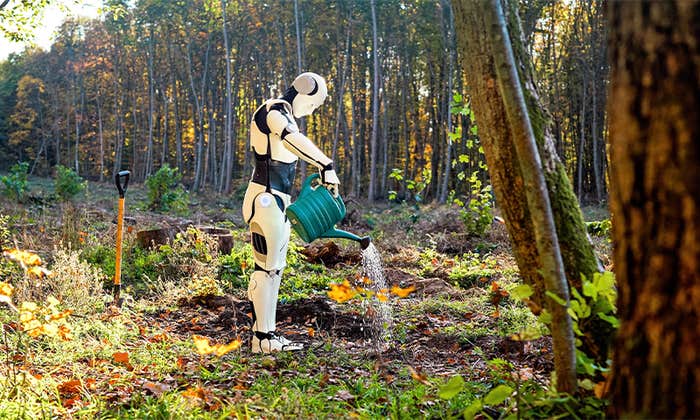This post originally ran on Facts So Romantic in May, 2013.
There is more to the world than meets the human eye, a fact that hit home for the 18th-century astronomer Sir Frederick William Herschel when he discovered infrared light—a wavelength of light that lies just outside the visible portion of the electromagnetic spectrum. We can feel its heat, but we can’t see the light—not without special equipment designed to be sensitive in this regime.
It’s somehow fitting that this invisible form of radiation is now used by infrared telescopes to “see” through interstellar dust in our universe to image distant, hidden galaxies, among other celestial objects—not to mention the increasingly common use of infrared (IR) photography here on Earth. A simple image of a park on a sunny day is transformed in the infrared into an eerily surreal landscape, simultaneously familiar and alien.
That’s because many materials reflect, absorb, and transmit infrared light differently than they do visible light: Reds and greens appear lighter, while blues and browns appear dark. A clear sky will appear very dark, except for the occasional white cloud; vegetation, like trees, reflects IR and will appear extremely bright in an infrared image—unless the tree in question is dead or diseased, in which case it reflects less IR and shows up dark. Photograph a person in the infrared and the skin will look chalky, eyes will show up as dark spots, red lips will be deathly pale, and dark brown hair will appear nearly white.
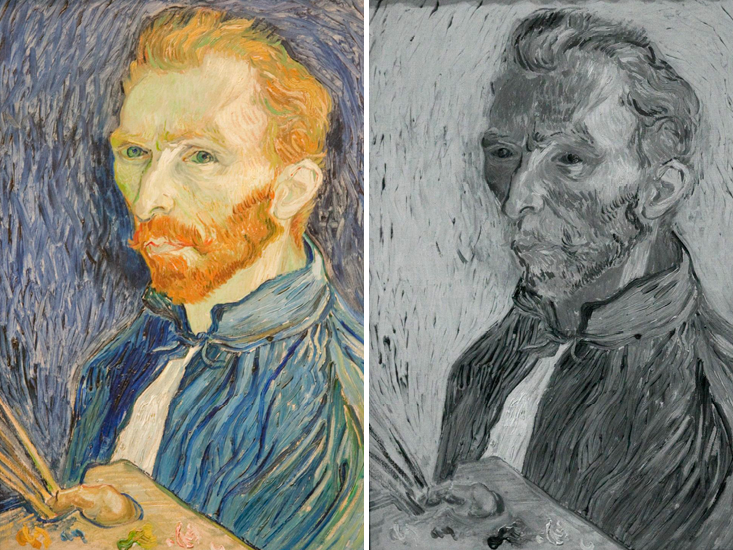
Those contrasts are precisely what makes IR photography such a useful tool for tasks like studying plant diseases; detecting fiber irregularities in the textile industry; and forensic imaging of cloth, fibers, and hair, among other uses. Infrared imaging is also a standard laboratory tool for analyzing faded, damaged, or altered documents, because the differences between pigments, dyes, and inks show up clearly in IR. This makes it easy to determine if there is writing underneath a top layer of text, for example.
That’s where Charles Falco’s interest lies, and he’s in very good company. In addition to looking at things in the infrared, scientists have also studied paintings, documents and other artifacts using synchrotron radiation (and X-rays in general). For example, in 2008, European scientists used synchrotron radiation to reconstruct the portrait of a peasant woman painted by Vincent van Gogh that the artist had then painted over when he created 1887′s “Patch of Grass.”
An optics professor at the University of Arizona, Falco made headlines in the art world over a decade ago through his controversial collaboration with David Hockney on the possible use of optical tracing aids by certain Dutch masters, like Jan van Eyck. But his interest in photography goes back even further, to his childhood in Orange County, California. He took his first photographs when he was just 5 years old.
His mother, a widowed schoolteacher, bought him a camera for Christmas when he was 12, and he brought it to the Griffith Park Observatory in Los Angeles, among other settings. “I took a picture of the moon through the eyepiece telescope,” he recalls. In fact, he credits his childhood passion with sparking his interest in optics.
It was only a matter of time before he discovered infrared photography, and figured out it could be useful in analyzing fine art. Because many pigments show up as semitransparent in this regime, infrared imaging can reveal details in paintings, thereby shedding light on the decisions the artist made while creating the final piece. “If an artist has made markings on the canvas and then covers it with blue paint, I can be the first person in hundreds of years to see those markings,” he says. “Even if they’re trivial marks, every time I see them, it’s tremendously exciting.”
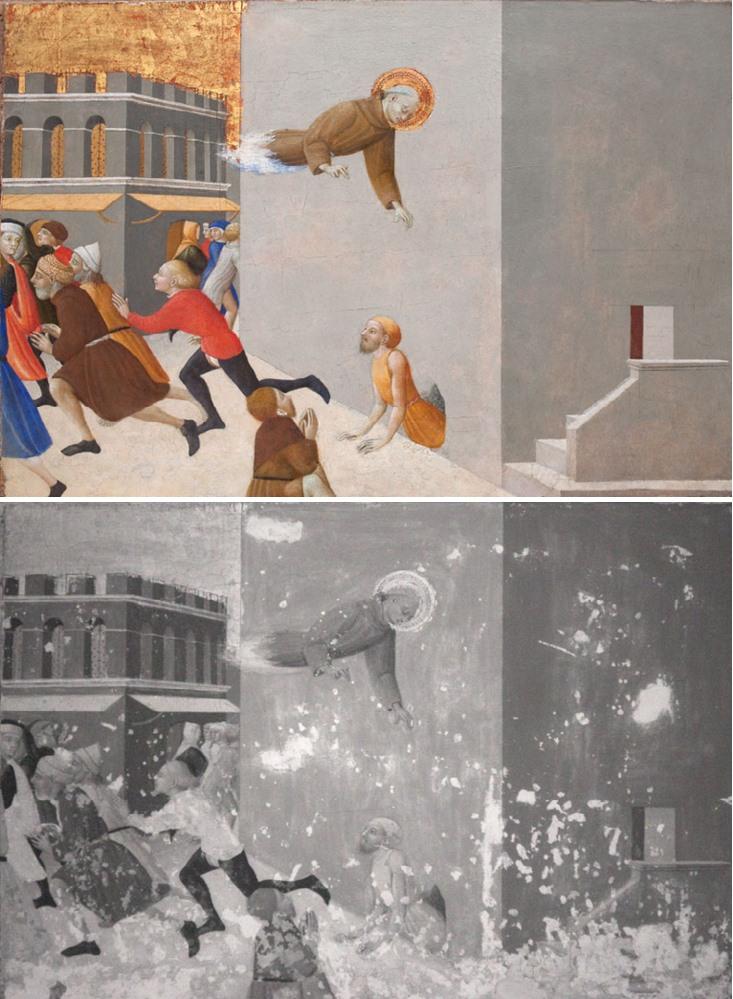
Infrared imaging has been used to analyze old documents and works of art since the 1960s. But the equipment typically used by conservators for this kind of analysis is bulky and pricey; the systems can run more than $100,000. Falco has developed a hacked hand-held version [pdf]—not as precise in resolution, but cheaper and more portable, making it possible to image paintings right on the walls they adorn.
The first infrared photographs were taken in the 19th century, although the practice did not become common until the invention of IR films in the early 20th century and the concurrent development of special infrared filters. The rise of the digital camera removed the need to fuss with chemicals and special films. The image sensors used in digital cameras are already sensitive to infrared light; in fact, they come equipped with filters to remove it. Take out the filter and replace it with another that blocks visible light and voila! You’ve got yourself a digital infrared camera.
Falco bought a used Canon 30D on eBay and converted it into an infrared camera and has used it to photograph paintings of interest in museums around the world: Washington, DC’s, National Gallery of Art, the State Hermitage Museum in St. Petersburg, and Tokyo’s National Museum of Western Art, to name a few. All told, he spent about $2,000. Ideally, he takes pictures in both the visible and the infrared, loads them into Photoshop, and then toggles back and forth between the two, looking for telling differences.
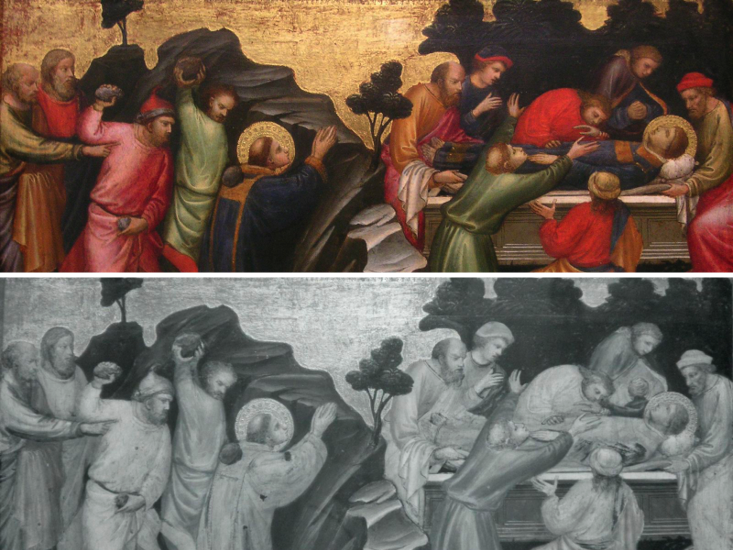
It’s the portability of Falco’s device that confers the biggest advantage, since paintings and other works of art would otherwise need to be removed and sent to a laboratory for this kind of analysis. Even assuming a museum curator at the Louvre would grant permission to do so—thereby risking the wrath of patrons who may have come just to see that particular canvas—it’s still an expensive and time-consuming process, and there is no way of foreseeing which paintings would yield interesting details from such analysis.
Falco estimates that it would take 400 years to photograph every painting in the Louvre by sending them away. Working five days a week with his machine, he could image them all (including those in storage) in just one year. True, the resolution wouldn’t be as high, but his hand-held device makes it possible to sift through an entire collection and pick out those worthy of further analysis.
Falco can also jigger his camera to photograph ultraviolet light, which can reveal otherwise hidden details, most notably fluorescence. Birds, bees, and other insects, for example, are sensitive to ultraviolet light; bees use it to locate nectar-rich flowers for pollination.
But UV photography is much difficult to do since UV light usually doesn’t pass through the glass of the lens. Falco’s solution? Buy a bunch of old lenses off eBay and painstakingly test each one with a spectrometer to see if any would transmit in the near-ultraviolet regime. Finally, he found a lens that for some unknown reason had just the right optical properties to allow a little near-UV light through, and he used it to build a handheld UV camera. Now he can see what a bird or a bee would see when looking at the Mona Lisa in the Louvre.
Jennifer Ouellette is a science writer and the author of The Calculus Diaries and Me, Myself and Why: Searching for the Science of Self. Follow her on Twitter @JenLucPiquant.















